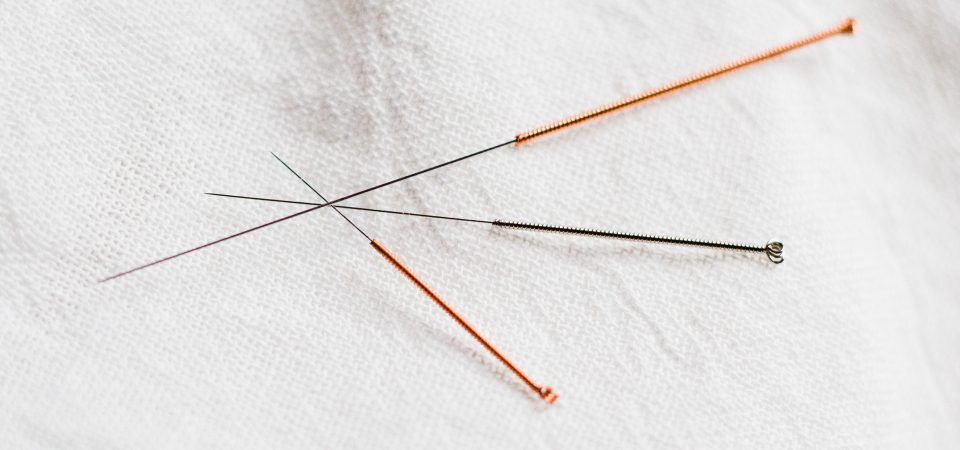Americans and Canadians spend billions of dollars every year on supplements, therapies, and procedures in an attempt to slow the aging process. But did you know you can stay younger longer in just a few minutes a day?
According to Dr. Datis Kharrazian in his book Why Isn’t My Brain Working?, reaching maximum heart rate for just a few minutes a day can release several anti-aging chemicals in your body, including human growth hormone (HGH).
HGH enhances vitality, healing and recovery, optimal hormone levels, bone strength, fat burning, brain function, cardiac health, and blood sugar levels. It’s no wonder Baby Boomers are enticed by the promises of HGH treatments—our levels of HGH decline as we age. However, HGH treatments are expensive and may be risky.
Instead, you can raise your HGH levels naturally by reaching your maximum heart rate for just a few minutes a day. Studies show spending time in your maximum heart rate releases a cascade of natural feel-good chemicals, including HGH.
These bursts of intense exercise trigger the release of not only HGH but also opioids, chemicals that produce that “exercise high.” High intensity exercise also triggers the release of chemicals that improve blood flow, dampen inflammation, and support healthy brain function—all great anti-aging benefits.
How to exercise to release anti-aging chemicals
You do not have to exercise long at high intensity. Just a few minutes a day at maximum heart rate can trigger the release of these chemicals. In fact, overtraining will work against you by increasing inflammation, exceeding your body’s antioxidant capacities, and taxing your adrenal glands.
First, determine your maximum heart rate. To do this, simply subtract your age from 220. For instance, a person who is 47 years old will have a maximum heart rate of 173. This is the zone you want to try to stay in for at least two to five minutes once a day to release your body’s feel-good, anti-aging, and anti-inflammatory chemicals.
Examples of how to boost your heart rate include doing squats to fatigue, push ups to fatigue, jumping jacks, jump roping, sprinting, jumping on a trampoline, jump squats, jumping or stepping onto a platform, burpees, and more. Many find doing this within the first half hour of waking can help them become a “morning person.”
Although just a few minutes a day can go a long way to release anti-aging chemicals in your body, don’t confuse this protocol with an actual exercise regimen of longer duration. If you’re able, you should still add in longer sessions of strength and aerobic training throughout the week without overdoing it.
Be cautious and smart by not overdoing it
Not everyone will be able to do the few minutes of maximum heart rate exercise. Some people are simply too sick and too fragile. Others may need to work up to it over time. Be smart and listen to your body as over exercising can inflame and deplete your body, causing setbacks in your health recovery.
According to Dr. Kharrazian, you know you’re doing it right if it makes you feel good and gives you more energy. You know you’re overdoing it if you “crash,” and it takes you a while to recover.
You can also support your body’s release of anti-aging chemicals by adding in specific nutritional compounds before and after your morning exercise to improve blood flow, maintain electrolyte balance, and dampen inflammation.









